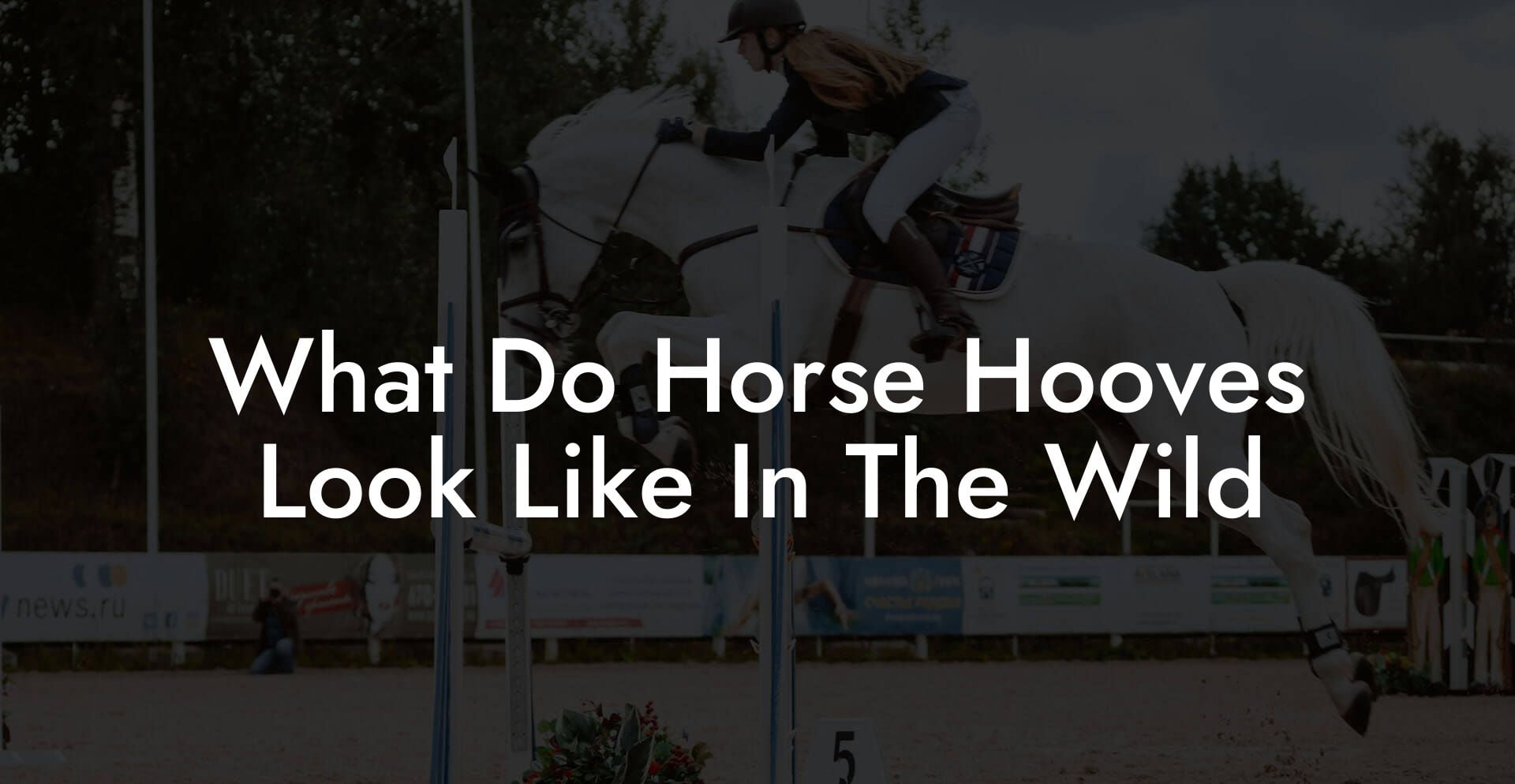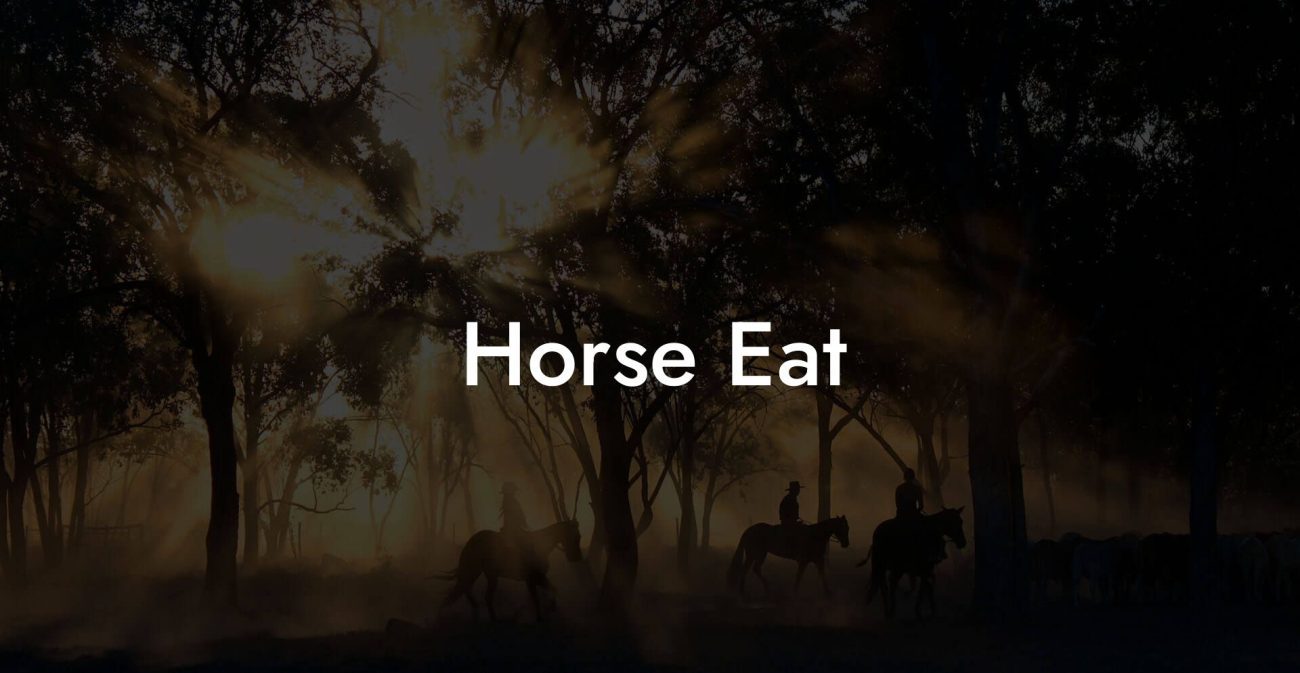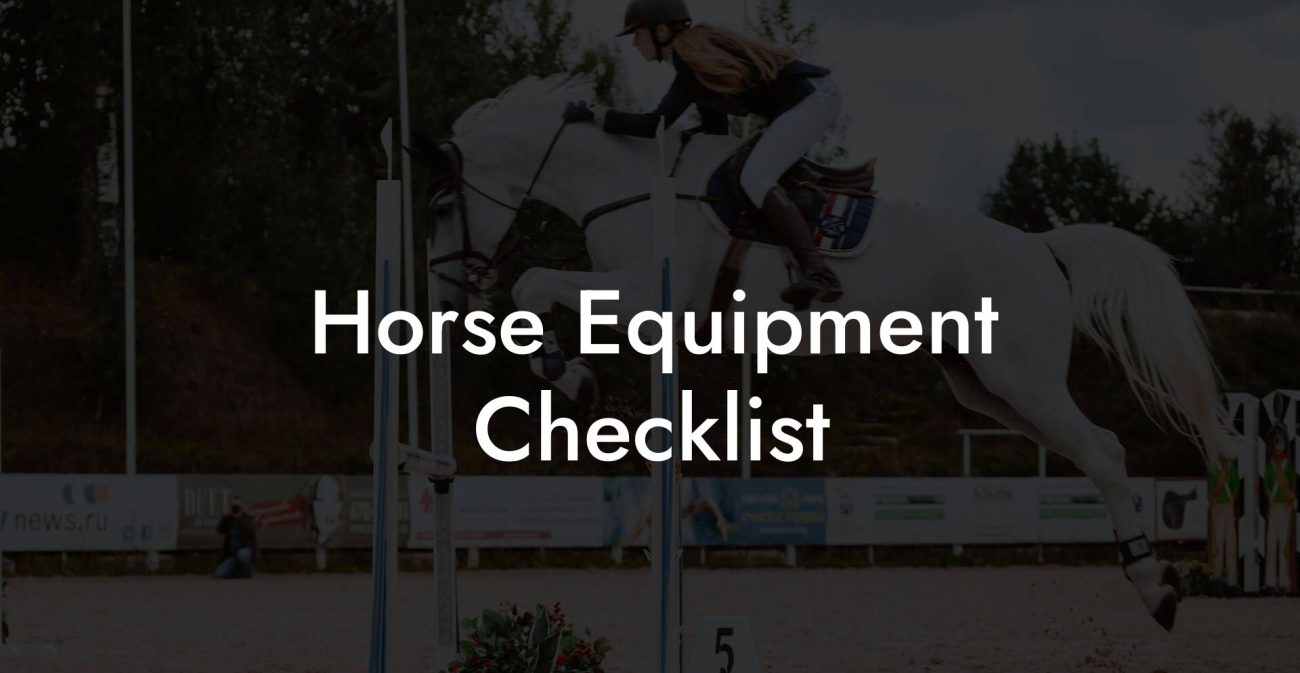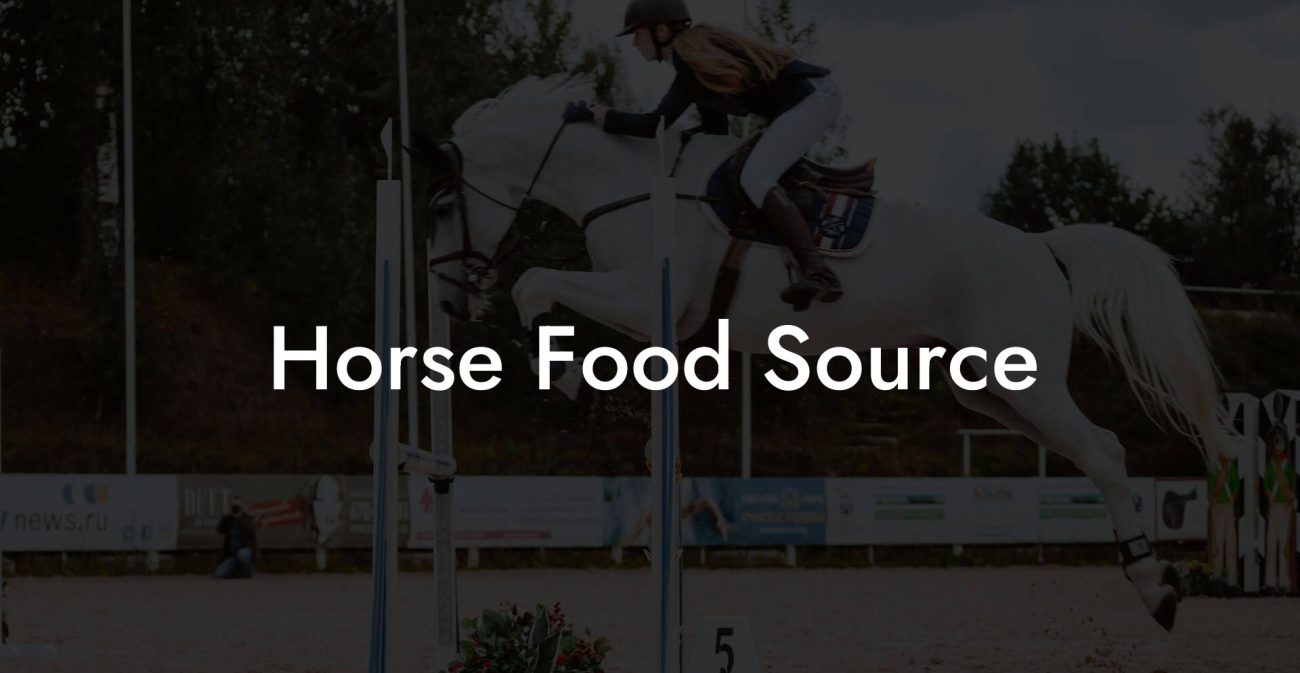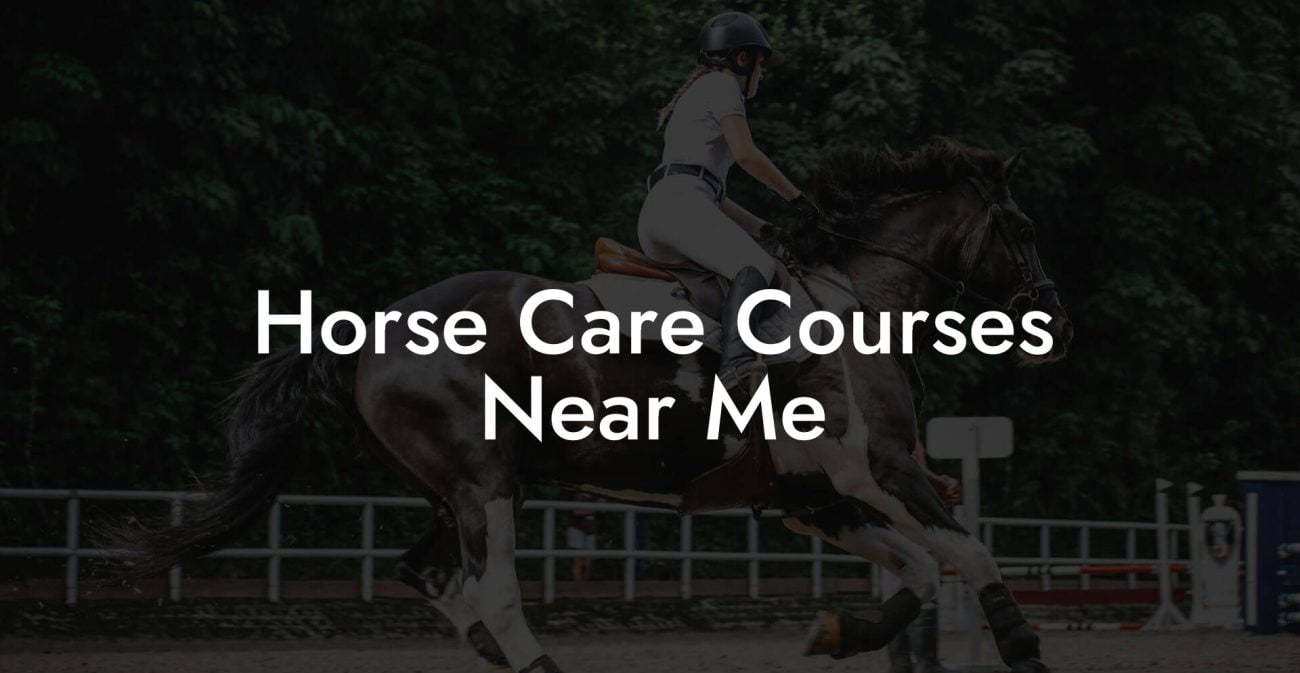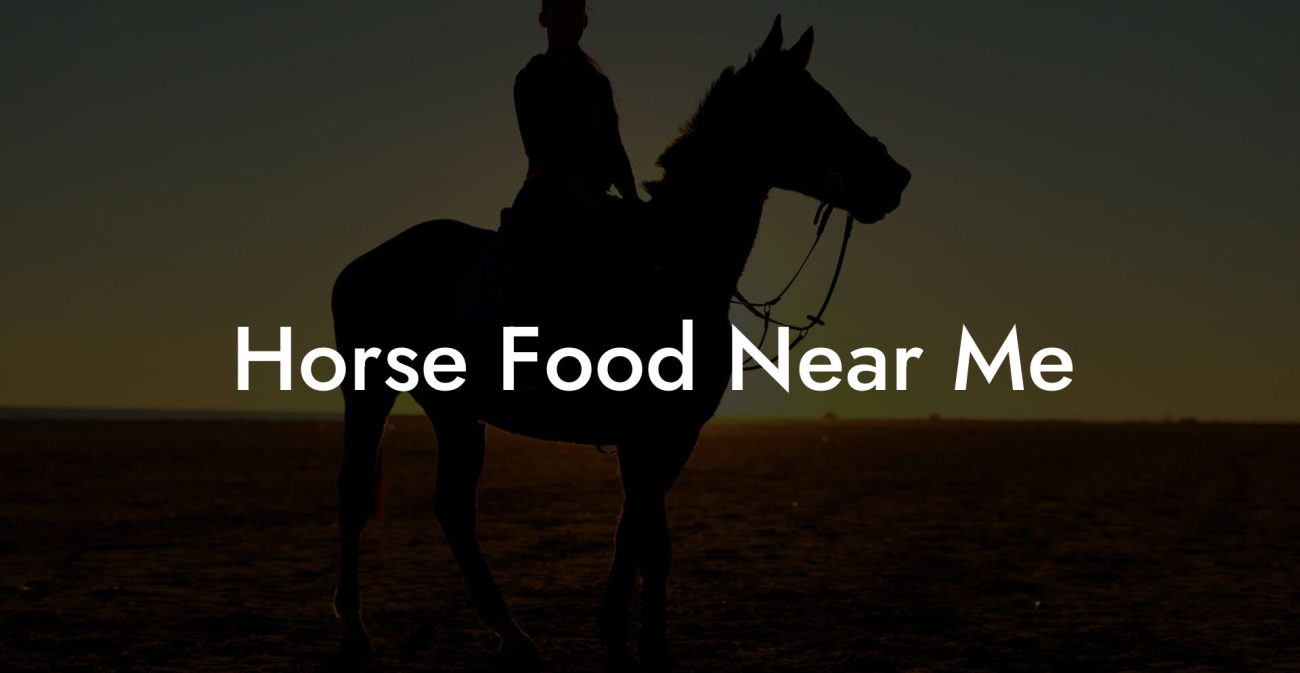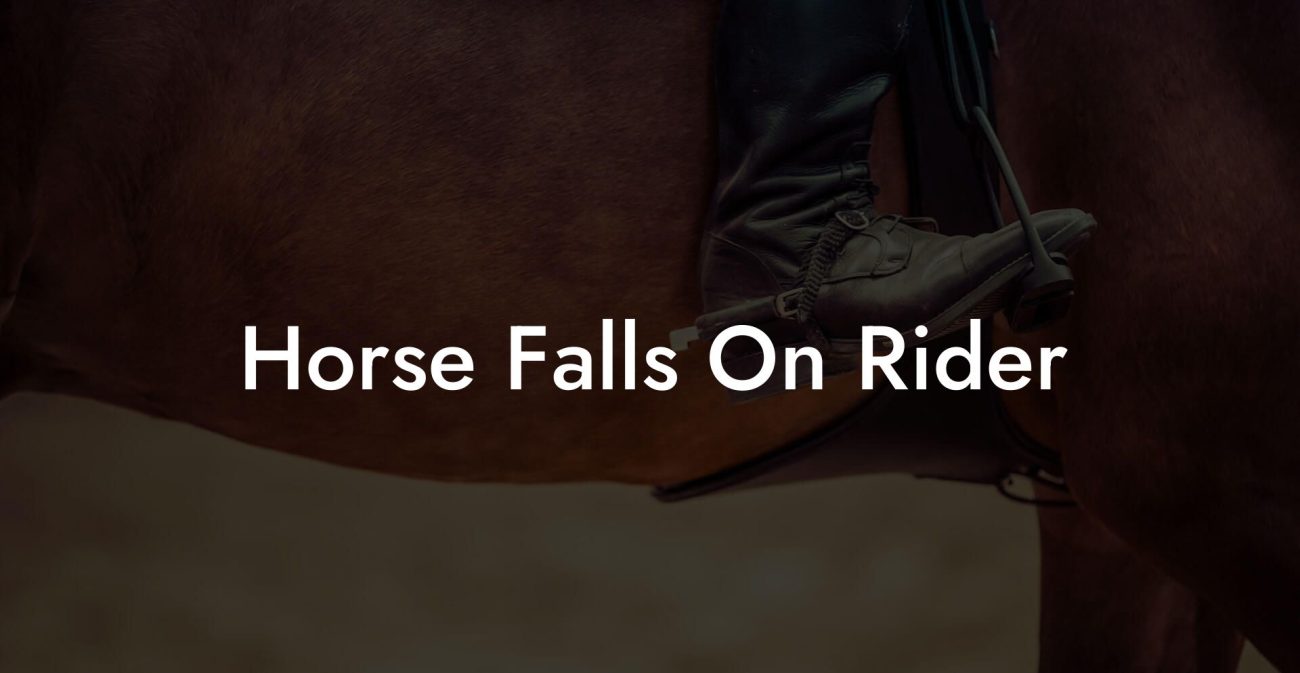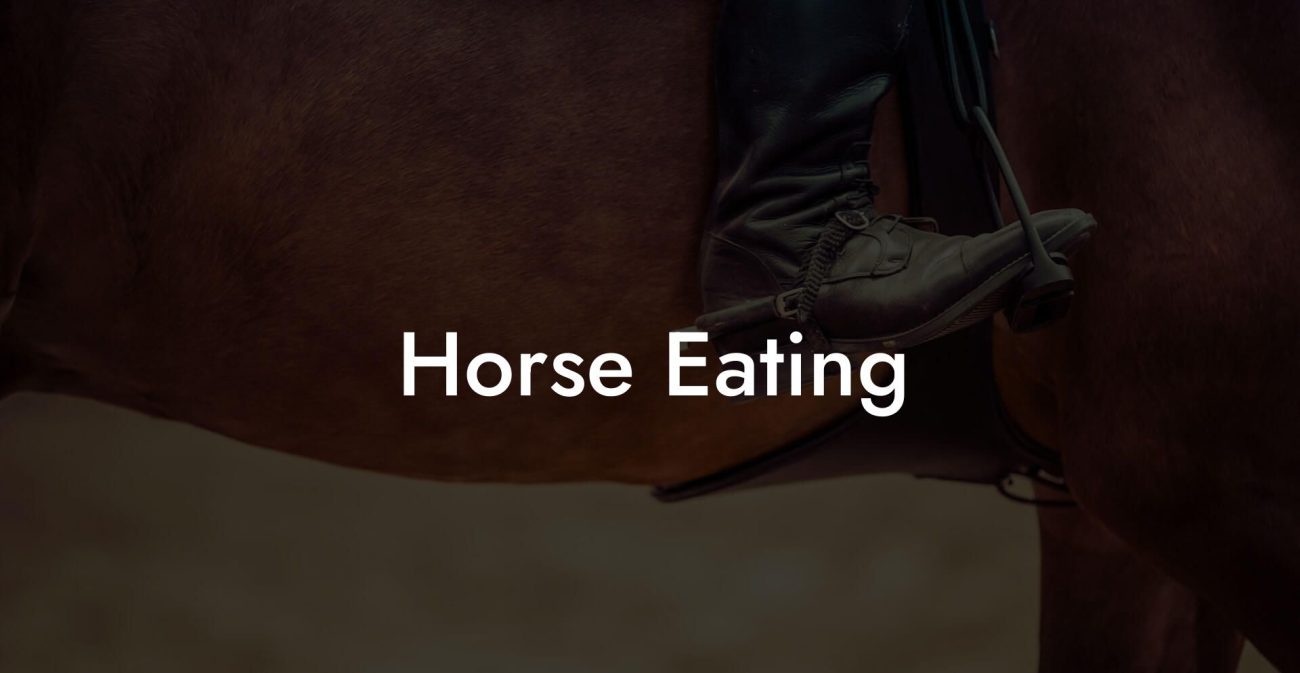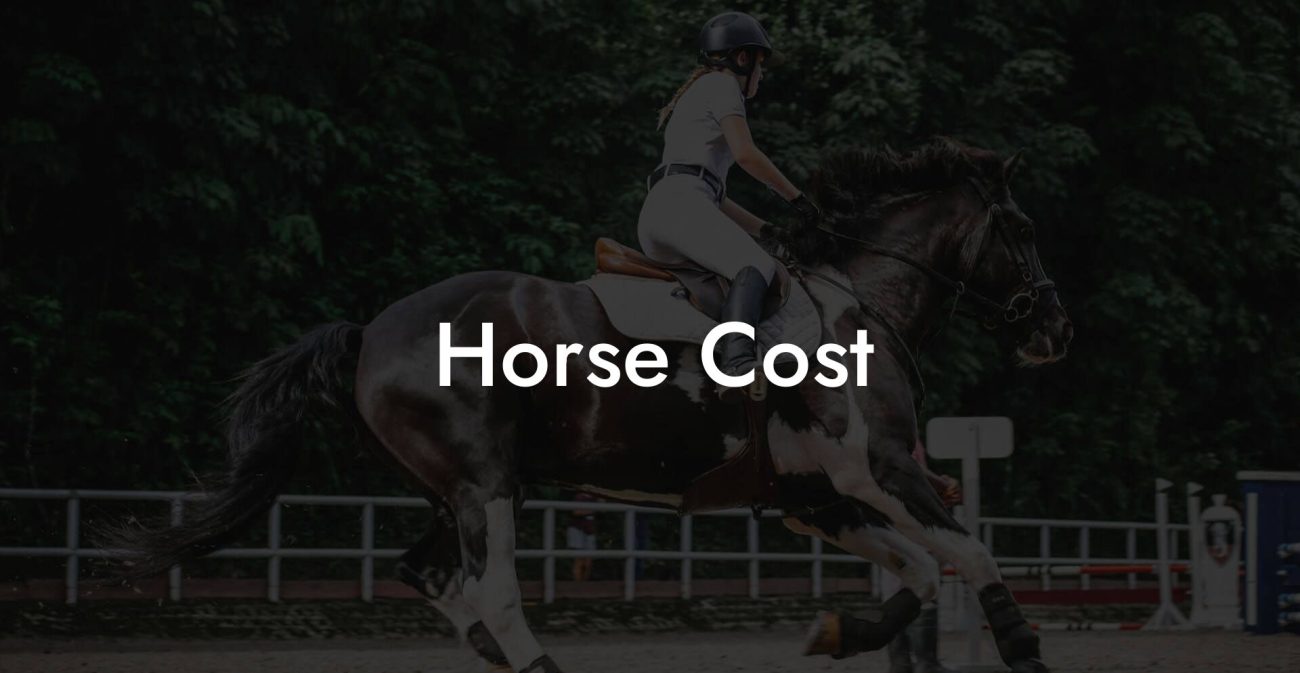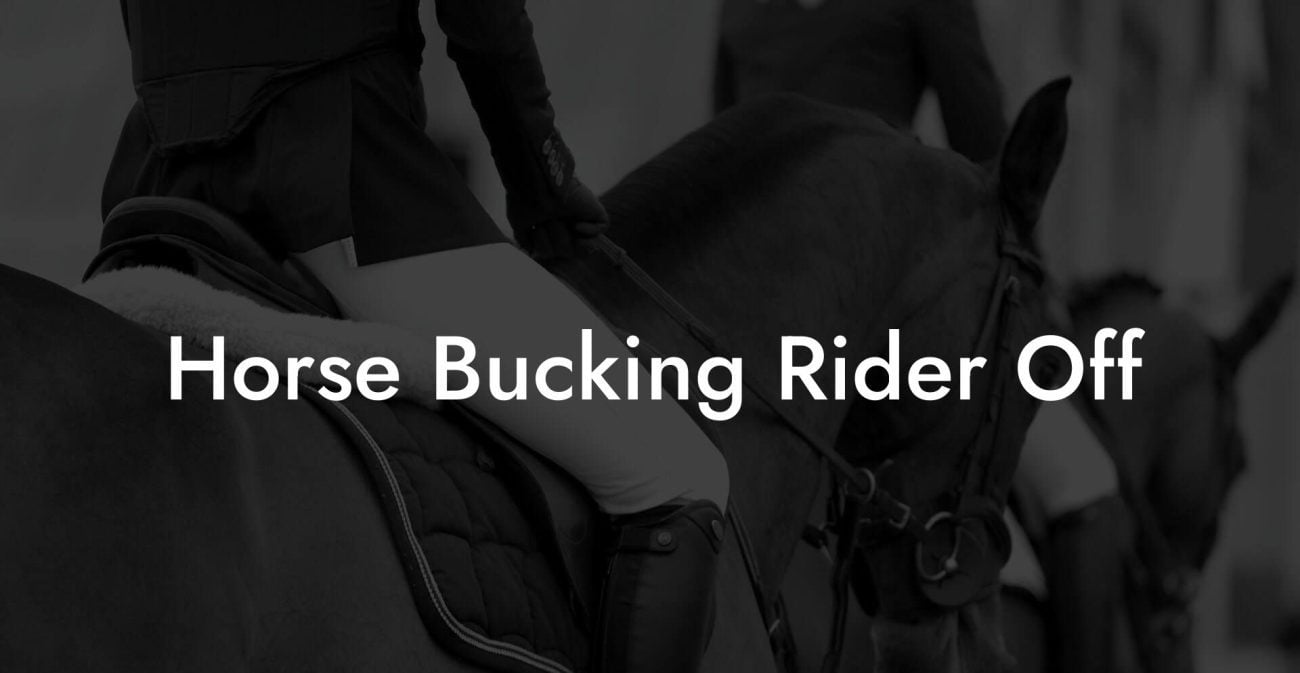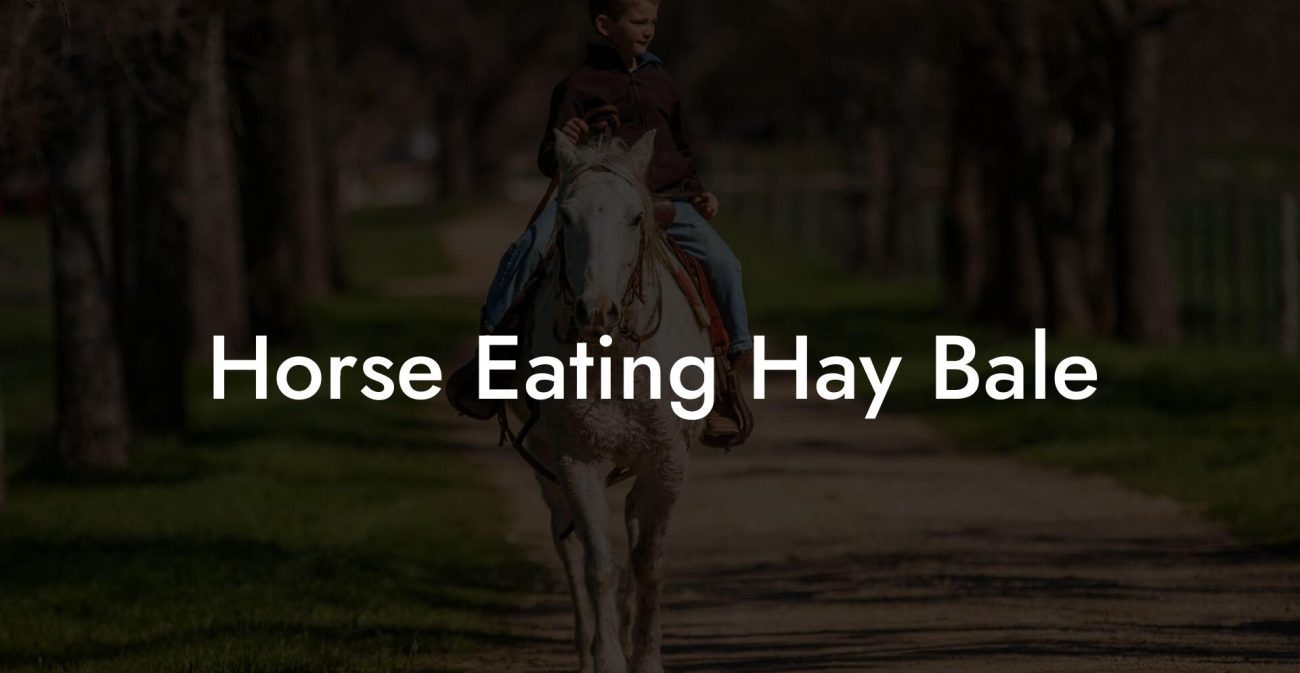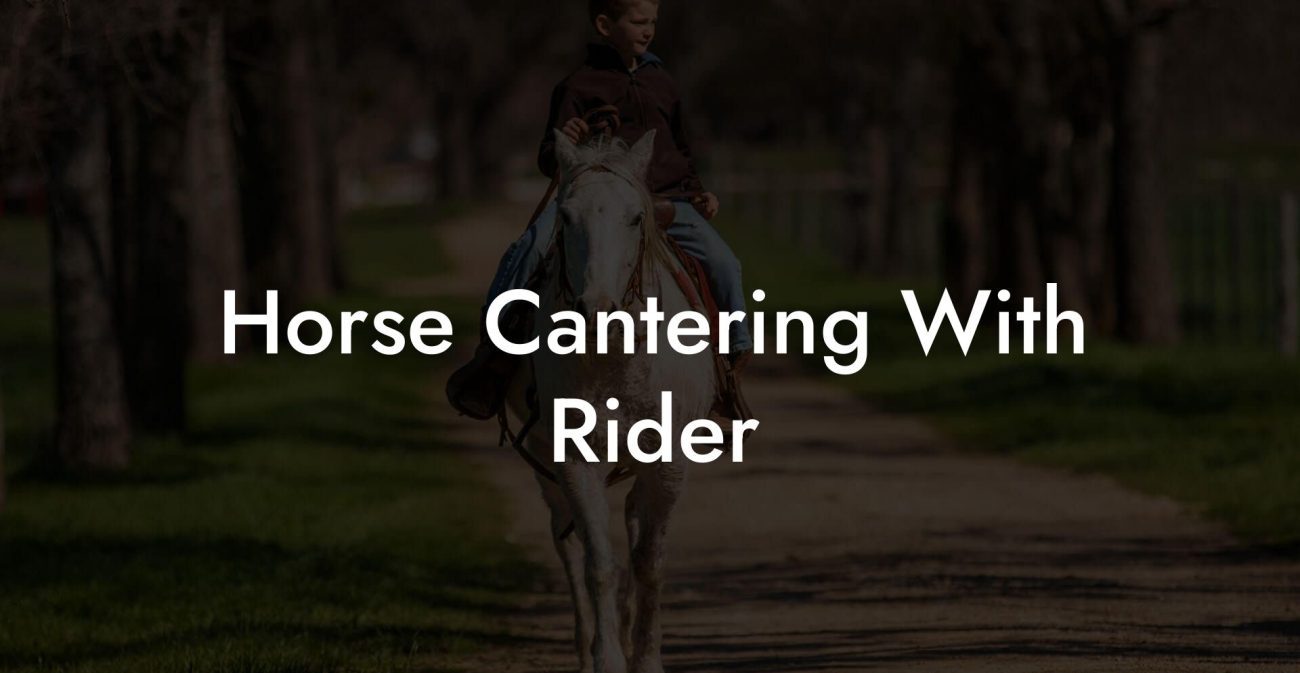Forget everything you thought you knew about horse hooves, these rugged, marvelously engineered works of art are nature’s own Swiss Army knives, built to thrive in the wild while dodging rocks, mud, and the occasional wayward tumbleweed. Whether you’re a new-age equestrian, a Gen-Z hooper, or simply someone marveling at the beauty of horses, this guide will take you on an in-depth ride into the world of wild horse hooves, their anatomy, evolution, and what we can learn for better hoof care today.
Quick Links to Useful Sections
- Understanding the Wild Horse Hoof: Not Just a Chunk of Keratin
- Anatomy of a Wild Horse Hoof: The Blueprint of Adaptation
- Nature’s Gym: How the Wild Environment Shapes Hoof Health
- Wild vs. Domestic: What’s the Difference in Hoof Care?
- The Evolution of Hoof Design: A Journey Through Time
- How Nature Maintains Homeostasis: Self-Care in the Wild
- Every Step Counts: The Impact of Terrain and Climate
- The Intricate Dance of nutrition and Hoof Health
- Modern Hoof Care vs. Wild Wisdom: What Can We Learn?
- Common Challenges and Misconceptions About Horse Hooves
- Integrative Approaches to Domestic Hoof Care: Blending Science and Nature
- Practical Tips for Everyday Hoof Care
- Resources and Community Support: Your Next Steps
- Innovative Technologies in Hoof Care: Blending Tradition with Modern Science
- Case Studies: Learning from Nature’s Best
- Case Study 1: The Trailblazer’s Journey
- Case Study 2: Reinventing the Farrier Approach
- Case Study 3: Digital Diagnostics Meet Natural Wisdom
- Future Trends in Equine Hoof Care: What’s on the Horizon?
- Equine Hoof Care FAQs: Your Burning Questions Answered
- Your Journey to Inspired and Natural Equine Hoof Care
Understanding the Wild Horse Hoof: Not Just a Chunk of Keratin
At first glance, a horse’s hoof might seem like a simple stone-cold piece of keratin. However, if you take a minute to really appreciate the fine print, you'll discover a dynamic structure that has adapted over millennia to handle the rigors of life in the wild. Unlike the manicured hooves of domesticated horses, wild horse hooves are the epitome of natural resilience, sculpted by years of running over unpredictable terrains and dodging nature’s obstacles.
These hooves are not only built to impress but to survive. The detailed structure includes a tough outer wall, a delicate but robust internal mechanism, and a calloused perimeter that protects against rough, rocky landscapes. Wild horses naturally trim and shape their own hooves through constant movement, think of it as nature’s endless pedicure session.
Keywords: wild horse hooves, natural equine health, hoof structure, keratin, equestrian care.
Anatomy of a Wild Horse Hoof: The Blueprint of Adaptation
Let’s break down the anatomy of these natural marvels. Wild horse hooves are multi-layered structures designed to absorb shock, provide traction, and correct the force of every gallop or sprint. Here’s what goes into the design:
- The Wall: The outermost layer is a thick, durable barrier made of keratin. It’s the first line of defense against abrasions, stones, and rough terrain.
- The Sole: Contrary to what many might believe, the underside of the hoof, the sole, is surprisingly sensitive and helps distribute the impact of each footfall.
- The Frog: This V-shaped structure acts like a shock absorber and is crucial for maintaining traction. In the wild, the frog’s natural flexibility allows horses to pivot quickly and navigate slippery or uneven ground.
- The Bars: Running along either side of the hoof, these structures work in tandem with the wall to protect and support the inner structures.
Each component works harmoniously to allow the horse to not only survive but thrive amidst the unpredictable challenges nature throws at it. Think of it as the ultimate fusion of form and function, sophisticated engineering perfected through evolution.
Nature’s Gym: How the Wild Environment Shapes Hoof Health
If you live life in the city, you might take a leisurely stroll down a paved sidewalk, but wild horses are on a constant adventure. Their hooves are put to the test by a variety of terrains: rocky paths, soft forest floors, arid deserts, and muddy trails. This natural gym keeps the hooves constantly in motion and grinding away any excess material, ensuring they maintain an optimal shape and strength.
The secret? Movement! Wild horses roam vast ranges, naturally wearing down the outer layer of their hooves and stimulating continuous repair and regrowth. The daily grind, quite literally, leads to a self-maintaining cycle of trimming and hardening that many domestic horses must mimic with regular farrier visits.
Keywords: natural hoof trimming, wild equine adaptation, rugged terrains, hoof regeneration, exercise and equine health.
Wild vs. Domestic: What’s the Difference in Hoof Care?
The contrast between wild and domestic horse hooves is like comparing your wild Saturday night adventures to a meticulously curated Instagram feed. Wild horses are free to roam, allowing their hooves to naturally self-regulate, while domestic horses are often subjected to soft paddocks, limited movement, and padded surfaces that can inhibit natural wear patterns.
In domesticated settings, the lack of varied terrain means that hooves might not receive the same level of natural ablation. This discrepancy necessitates a more structured hoof care routine, regular trimming, hoof boots when necessary, and specialized diets aimed at promoting hoof health.
Domesticated hooves often require extra attention to prevent issues like laminitis or cracks in the hoof wall. Meanwhile, wild horse hooves, though not invincible, are generally robust due to the continuous natural trimming and adaptation to environmental challenges.
Keywords: wild vs domestic hooves, hoof care differences, natural wear, farrier, equine maintenance.
The Evolution of Hoof Design: A Journey Through Time
Ever wonder how a seemingly simple hoof has evolved into one of nature’s most efficient shock absorbers? The evolution of the horse hoof is a story of adaptation and survival. Over millions of years, horses transitioned from multi-toed creatures to the sleek, single-hooved animals we see today. This transformation was driven by the need for better speed, efficiency, and the ability to traverse hard, open landscapes.
The disappearance of side toes had a dramatic effect on the hoof structure. With a single, robust hoof, horses could cover greater distances without injuring themselves. This streamlined design provided superior support and durability, vastly improving the animal’s chances of survival in harsh environments.
Today, the evolutionary imprint is evident in the natural resilience of wild horse hooves. With their ability to self-trim and self-correct, these hooves stand as living proof that evolutionary pressures can create beautifully effective natural machinery.
Keywords: evolution of horse hooves, adaptive anatomy, natural selection, equine history, evolutionary adaptation.
How Nature Maintains Homeostasis: Self-Care in the Wild
Unlike us, who might rely on professional manicures and pedicures, wild horses have a built-in system for hoof care. Their constant movement and interaction with varied terrains naturally trim and shape their hooves. This self-maintenance ensures that their feet are always ready to handle the next rocky obstacle or muddy track.
Think of it as nature’s own nail clipper, a process that is both efficient and tailored to the needs of the animal. The friction generated by regular walking and running wears away excess hoof material, preventing overgrowth and potential cracks. It’s a perfect marriage of action and maintenance that you’d probably envy if you could experience it firsthand.
Keywords: natural hoof maintenance, self-trimming hooves, equine self-care, natural grooming, hoof resilience.
Every Step Counts: The Impact of Terrain and Climate
The wild isn’t just a backdrop; it’s a relentless force that shapes the very structure of a horse’s hooves. Different terrains and climates impose unique challenges. For instance, rocky and hard surfaces naturally abrade the hoof, whereas soft, lush pastures may require a different adjustment in hoof thickness.
In arid, desert regions, the scorching heat can lead to brittle hooves, while the constant dampness in marshy areas might make the hooves more prone to softening or infection. Wild horses have adapted to these varying conditions by developing a balance between hardness and flexibility, a testament to their resilience and evolutionary cleverness.
Whether it’s the shock absorption required on rocky slopes or the increased flexibility needed to move through thick underbrush, every step a wild horse takes is a lesson in how nature tailors its design to the demands of the environment.
Keywords: terrain impact on hooves, climate and hoof health, natural abrasion, environmental adaptation, equine endurance.
The Intricate Dance of nutrition and Hoof Health
Nutrition plays a starring role in maintaining hoof health, and this isn’t just true for wild horses, it’s a lesson for anyone caring for equines. In the wild, horses forage on a diverse diet rich in grasses, herbs, and even occasional shrubs. This varied diet provides them with a balanced mix of minerals, vitamins, and proteins that contribute to strong and resilient hooves.
In contrast, domesticated horses are often fed a more uniform diet, which can sometimes lead to deficiencies if not carefully managed. Elements like biotin, zinc, and omega fatty acids are particularly important in hoof maintenance. It’s no coincidence that many hoof care supplements for domestic horses boast these ingredients, they mimic what wild horses naturally consume on a daily basis.
The take-home message? Whether in the untamed wilderness or the carefully controlled paddock, nutrition is key to ensuring that hooves remain as hardy as nature intended.
Keywords: equine nutrition, hoof strength, natural diet, biotin in hooves, mineral balance.
Modern Hoof Care vs. Wild Wisdom: What Can We Learn?
For modern horse owners, understanding the inherent wisdom of wild horse hooves can radically improve how we approach hoof care. While veterinary science and farrier expertise provide essential support, there’s a wealth of knowledge in observing how wild horses naturally maintain their hoof health.
Consider the natural trimming that comes with daily, varied movement. Some of the best hoof care tips for domestic horses involve mimicking this natural process. Regular exercise on varied terrains, adjustments in diet, and even allowing for some barefoot time can help replicate the benefits that wild horses enjoy.
It’s about blending cutting-edge science with timeless natural strategies, a holistic approach that respects nature’s blueprint. When you translate the lessons from wild horses into your own care routine, you’re not only enhancing hoof health but also embracing a more sustainable, natural way of thinking about animal wellness.
Keywords: modern hoof care, natural hoof care lessons, equine wellness, traditional vs. modern, sustainable hoof health.
Common Challenges and Misconceptions About Horse Hooves
Let’s debunk a few myths. One common misconception is that hooves are static, unchanging structures that simply need occasional trimming. In reality, they are dynamic and responsive to both environmental conditions and internal health factors. For example, many assume that a thick hoof is always a sign of good health, but in some cases, it could indicate an overgrowth due to limited movement.
Another myth is that horses always require shoes to protect their hooves. While shoes can provide valuable support for horses that work on hard surfaces or are prone to injury, many wild horses thrive without them, relying on the natural wear and self-maintenance of their hooves.
Understanding these nuances is key for anyone interested in proper hoof care. By appreciating the complexity and sensitivity of the equine foot, you’re better equipped to make informed decisions about your own horse’s well-being.
Keywords: hoof care myths, equine misconceptions, natural hoof maintenance, barefoot horses, hoof overgrowth.
Integrative Approaches to Domestic Hoof Care: Blending Science and Nature
For those who own horses, especially in domesticated settings, there’s a growing movement towards integrating modern veterinary insights with natural, holistic care strategies inspired by wild horses. This integrative approach involves consulting with farriers, nutritionists, and equine veterinarians while also paying attention to natural cues from the horse’s environment.
One key aspect is ensuring that horses get sufficient exercise on varied surfaces, which can help maintain natural hoof wear and promote better blood circulation in the hooves. In addition, modern nutrition is increasingly emphasizing supplements that support keratin production and overall hoof quality.
By combining the best of both worlds, advanced scientific methods and nature’s tried-and-true techniques, you can develop a customized hoof care routine that not only addresses immediate issues but also sets the stage for long-term hoof resilience.
Keywords: integrative hoof care, modern equine care, holistic hoof maintenance, veterinary insights, natural hoof treatment.
Practical Tips for Everyday Hoof Care
Whether you’re managing a thriving stable or caring for a single equine companion, these practical tips can help ensure your horse’s hooves stay healthy and robust:
- Regular Exercise: Encourage varied movement by incorporating trails or natural pastures into your routine. This mimics the wild environment where constant movement naturally trims and strengthens the hooves.
- Balanced Diet: Focus on a nutrient-dense diet that supplies essential vitamins and minerals like biotin, zinc, and omega fatty acids crucial for hoof health.
- Routine Inspections: Regularly check for signs of uneven wear, cracks, or infections. Early detection can save a lot of headaches (and hoof pain) later on.
- Consult the Experts: Work closely with farriers and equine vets. Their expertise in balancing modern care with natural hoof dynamics is indispensable.
- Natural Enrichment: Whenever possible, allow your horses some barefoot time in safe environments so they can benefit from the natural wear and environment-driven shape.
Incorporating these tips into your routine can help you hone your approach to hoof care, drawing inspiration from the enduring resilience of wild horse hooves.
Keywords: equine hoof tips, daily hoof care, balanced equine nutrition, natural horse movement, farrier advice.
Resources and Community Support: Your Next Steps
Ready to roll up your sleeves and dive deeper into the fascinating world of equine hoof care? Whether you're a seasoned horse enthusiast or a newcomer to the equestrian scene, connecting with like-minded individuals is essential. Join online communities, follow leading farriers and equine nutritionists on social media, and subscribe to informative newsletters dedicated to holistic hoof care.
There are several resources available to help you on your journey:
- Equine Forums and Social Groups: Sites like The Horse Forum, Reddit’s r/Equestrian, and Facebook groups can offer real-life advice and a supportive community.
- Webinars and Online Courses: Look for expert-led webinars on equine health and hoof care, which blend both scientific insights and natural methods.
- Local Farrier Networks: Reach out to local farriers who can provide hands-on guidance and an in-person assessment of your horse’s hoof condition.
- Veterinary Associations: Connecting with equine veterinarians can offer a deeper understanding of modern hoof care trends and the benefits of integrative therapies.
- Useful Reads and Blogs: Websites like Equine Wellness Magazine, The Horse, and other specialized blogs provide a wealth of articles, tips, and research-based insights on hoof care.
Embracing a community-centric approach can transform how you care for your horse, merging practical, everyday tips with the wild wisdom found in nature’s most resilient structures.
Keywords: horse care community, equine support groups, online equestrian resources, farrier networks, hoof care tips.
Innovative Technologies in Hoof Care: Blending Tradition with Modern Science
While nature has perfected hoof design over millions of years, modern innovations are stepping in to enhance our understanding and care of these natural wonders. Cutting-edge technology like digital radiography and computerized gait analysis allow veterinarians and farriers to take a closer look at the subtle nuances of hoof structure and function.
These advancements not only help diagnose potential issues early but also aid in tailoring personalized hoof care routines that reflect both the natural state of wild horse hooves and the specific needs of domesticated horses. Diagnostic tools and mobile apps now enable real-time monitoring of hoof wear and biomechanical stress, ensuring that no crack or abnormal wear goes unnoticed.
In this era of tech-savvy care, embracing these tools can complement traditional perspectives on equine health, creating a balanced approach that honors nature while harnessing the power of modern science.
Keywords: innovative hoof care, modern equine technology, digital radiography, gait analysis, personalized hoof care.
Case Studies: Learning from Nature’s Best
Let’s explore some real-life scenarios where lessons from wild horse hooves have influenced domestic horse care.
Case Study 1: The Trailblazer’s Journey
Bella, a spirited mare, spent most of her free time paddock-hopping and exploring varied terrains. Her owner had noted that her hooves looked just right, not overgrown or chipped, in stark contrast to many domesticated horses. After a consultation with a farrier and nutritionist, Bella’s routine was adjusted to include more natural movement and a diet that mimicked wild foraging habits. Over time, Bella’s hoof condition stabilized, and she became a prime example of how nature-inspired care can yield long-term benefits.
Case Study 2: Reinventing the Farrier Approach
Miles, a former competitive show jumper, struggled with chronic hoof issues. His owners turned to an integrative approach, inspired by natural hoof care observed in wild horses. They increased his time on varied, natural surfaces, incorporated targeted supplements in his diet, and partnered with a farrier who used minimally invasive trimming techniques that allowed Miles’s hooves to mimic the natural wear found in the wild. The result was a marked improvement in Miles’s performance and overall hoof resilience.
Case Study 3: Digital Diagnostics Meet Natural Wisdom
In another scenario, an equestrian center integrated digital technology to monitor hoof health. By using high-tech digital imaging, farriers were able to track subtle changes in hoof structure as the horses engaged in natural grazing and running cycles. This fusion of digital precision with nature-inspired care led to fewer injuries and improved long-term hoof structure across the entire stable.
Keywords: equine case studies, wild hoof care lessons, integrative hoof management, digital diagnostics in equine health.
Future Trends in Equine Hoof Care: What’s on the Horizon?
As both technology and our understanding of natural equine biology continue to evolve, the future of hoof care looks incredibly promising. Researchers are constantly uncovering new insights into how genes, nutrition, and environmental factors combine to influence hoof health. Expect to see more integrative approaches that merge high-tech diagnostic tools with time-honored practices observed in wild horses.
Innovations like wearable sensors for horses may soon provide real-time data on hoof stress and impact levels, allowing for even earlier interventions. Furthermore, advancements in regenerative medicine might pave the way for new treatments to repair damaged hoof tissue naturally, truly a groundbreaking fusion of science and nature.
Keywords: future of hoof care, equine technology trends, regenerative medicine in horses, cutting-edge equine research, integrative hoof innovations.
Equine Hoof Care FAQs: Your Burning Questions Answered
Here are some frequently asked questions that address common queries about wild horse hooves and the lessons we can apply for optimal hoof care.
1. What do wild horse hooves look like compared to those of domestic horses?
Wild horse hooves are typically more rugged and naturally trimmed due to constant movement on varied terrains. They possess a thick outer wall, a resilient sole, and a well-defined frog that help absorb shock and provide traction.
2. How do wild horses naturally maintain healthy hooves?
Continuous movement over rough terrain helps wear down excess hoof growth, while natural foraging provides a balanced diet rich in minerals that promote hoof strength. This natural cycle functions as a built-in maintenance system.
3. Can domestic horses benefit from practices observed in wild horses?
Absolutely. Allowing for more natural movement, varied terrain exposure, and a nutrient-rich diet can significantly improve hoof health in domesticated horses.
4. Is hoof trimming necessary for domestic horses?
Yes, because domestic horses do not typically get the same degree of natural wear as their wild counterparts. Regular trimming by a skilled farrier is crucial to prevent overgrowth and structural imbalances.
5. What are some common hoof problems in horses?
Common issues include cracks in the hoof wall, laminitis, abscesses, and uneven wear. Early detection and integrative care can help mitigate these problems.
6. How does nutrition influence hoof health?
A balanced diet rich in key minerals like biotin, zinc, and omega fatty acids supports keratin production and overall hoof resilience, echoing the natural feeding habits observed in wild horses.
7. Are there high-tech tools available to monitor hoof health?
Yes, modern technologies such as digital imaging, gait analysis, and wearable sensors are increasingly used to monitor hoof stress and biomechanical changes in horses.
8. What role does exercise play in maintaining healthy hooves?
Regular, varied exercise naturally helps in trimming the hooves and stimulating blood flow, which aids in maintaining optimal hoof structure and strength.
9. How often should domestic horses have their hooves checked?
It is recommended that domestic horses have a routine hoof check every 6-8 weeks or as advised by a farrier, depending on their activity levels and environmental conditions.
10. Can I replicate natural hoof care at home?
While you cannot fully replicate the wild’s unpredictable environment, you can provide varied exercise, a nutrient-rich diet, and regular professional care to mimic the benefits of natural hoof wear.
Your Journey to Inspired and Natural Equine Hoof Care
The world of wild horse hooves isn’t just a lesson in biology, it’s a roadmap to superior hoof care for horses in any environment. Embracing the resilient, self-maintaining strategies found in nature can revolutionize how we approach equine health. Whether you’re captivated by the raw beauty of a wild horse racing across the open plains or motivated by the challenge of providing the best care for your own four-legged friend, remember that nature often holds the best secrets.
Reflect on the wild wisdom embedded in every hoof’s design. Let it inspire you to adopt an integrative approach, melding modern science with time-tested natural practices, to nurture your horse’s hoof health. Each time your horse gallops freely across varied terrains, there is a lesson in resilience, adaptation, and natural care that we can incorporate into everyday hoof care routines.
Your journey toward empowered equine care starts with a deep understanding of what nature intended for wild horses. Use these insights to create a nurturing, dynamic environment for your horse, ensuring that every hoof step is one of strength, health, and natural beauty.
Embrace the art and science of natural hoof care, and watch as your horse’s well-being transforms in tandem with the wisdom of nature. Whether it’s through improved nutrition, more varied exercise, or adopting farrier practices inspired by the wild, let the story of the wild horse hoof guide you to new horizons of equine vitality.
Get ready to revolutionize how you think about hoof care, because nature knows best, and your horse deserves nothing less.

